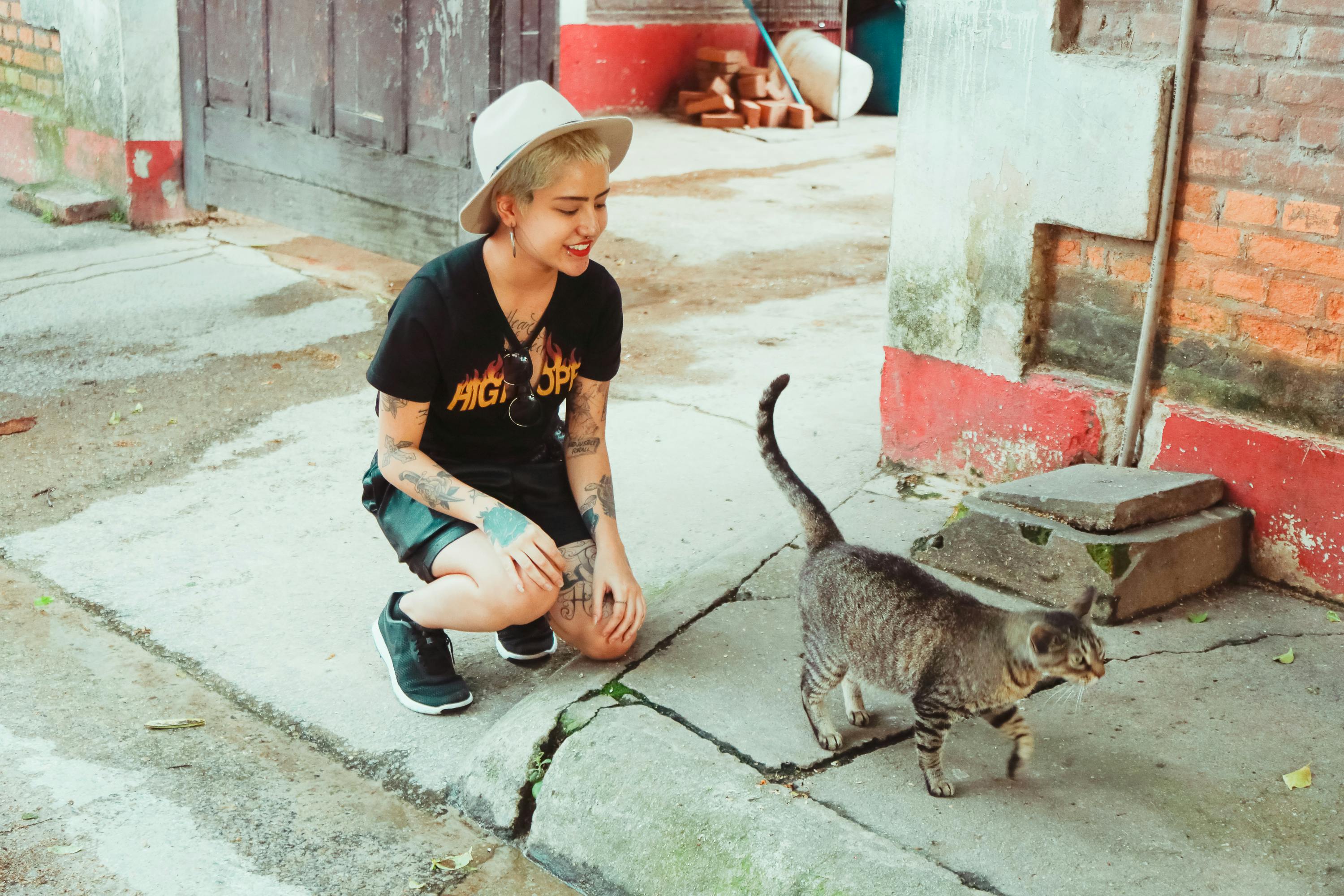Ethical fashion WHAT?
Ethical fashion can be defined as the production of textile articles with a conscience. With the concept of social responsibility gaining ground, companies around the world are recognizing the importance of environmental protection and ethical business. Fashion houses are no exception. More and more fashion designers and textile producers are striving to produce products that are environmentally friendly and cruelty-free. Ethical questions are emerging in fashion.
Ethical fashion WHEN?
The concept of ethical fashion is old; however, it is gaining more and more popularity in modern times. As awareness of environmental conservation, cruelty to animals, and ethical issues in business increases, fashion brands are increasingly embracing ethical media as well. Customers are also becoming more aware of ethical fashion and the demand for ethically produced fashion products is on the rise.
Ethical fashion WHY?
Why should textile producers and customers embrace ethical fashion? Animal rights and human rights activists, as well as environmental protection activists, have raised ethical issues related to the fashion industry time and time again. Some of the main ethical questions that have arisen are:
Cotton production involves the use of a large amount of pesticides, which is harmful to the environment and to people. Figures indicate that about $2 billion worth of pesticides are used annually, of which about $819 million worth of pesticides have been declared toxic according to WHO guidelines. The health of workers who spray pesticides in cotton fields and the people who live around these fields are negatively affected. Pesticide poisoning can cause symptoms such as headaches, tremors, nausea, depression, seizures, unconsciousness, and in some extreme cases, death. Empty pesticide containers are sometimes reused, which in turn causes serious harmful effects on the health of the people who use the containers. The use of toxic pesticides leads to air, water and soil pollution. Apart from pests, pesticides also cause the death of other small animals and birds that inadvertently consume them.
Chemical dyes used in the production of garments also cause skin problems. Problems like eczema, rashes, and skin irritation have been observed among people due to the dangerous toxins in the clothes they wear.
Another serious ethical issue that arises in the fashion industry is the issue of cruelty to animals. The cruelty to animals behind the making of a fur coat has been brought to light time and time again by animal rights activists. One fur coat costs the lives of about 55 wild minks, 40 sables, 11 lynxes, 18 red foxes, 11 silver foxes, 100 chinchillas, 30 rabbits, 9 beavers, 30 muskrats, 15 bobcats, 25 skunks, 14 otters, 125 stoats, 30 opossums, 100 squirrels or 27 raccoons. The pain caused to animals by catching them and pulling their fur is unthinkable. Similarly, an enormous amount of suffering is caused to animals by extracting the wool and leather, which is used in the preparation of fashionable shawls and boots.
Human rights activists have also pointed out the various ethical issues behind the preparation of a fashion product. Extremely low wages and long working hours, unhealthy and unsafe working conditions, burnout, sexual harassment, and mental stress are some of these problems.
Read more about Ethics in Fashion
Copyright © 2007
